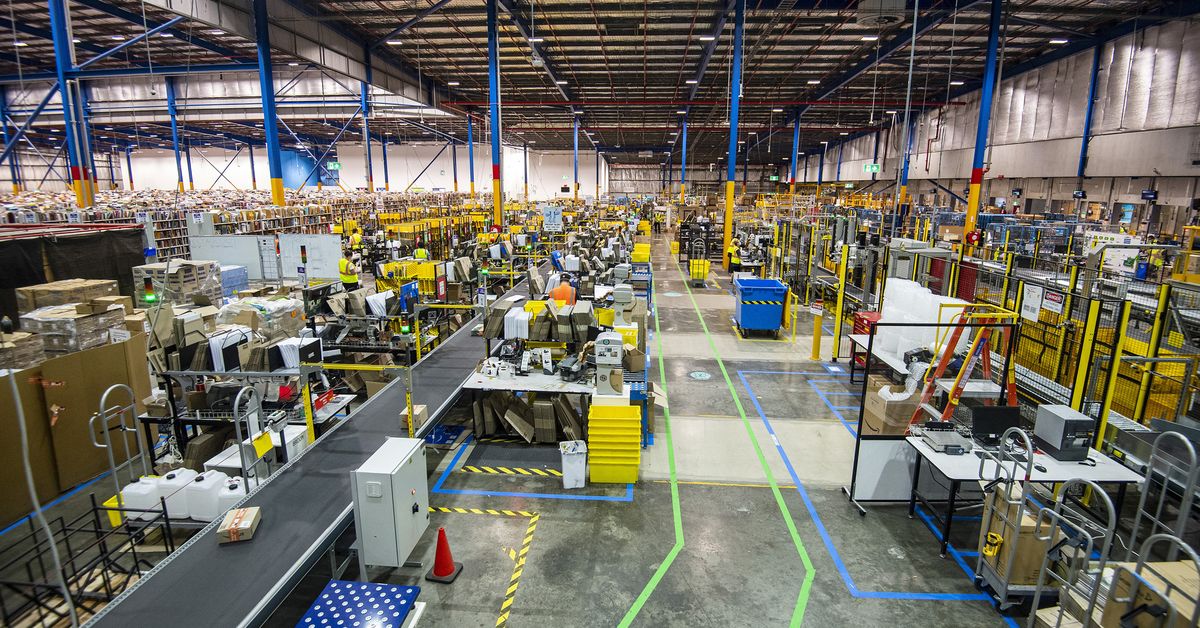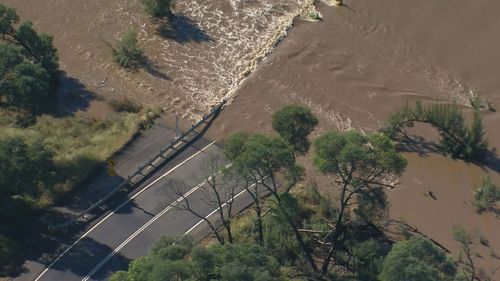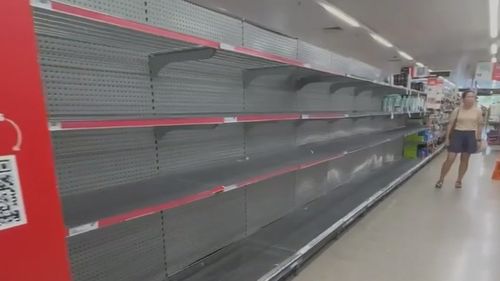Looming supply chain crunch could see shelves empty

- by Admin
- May 2, 2024

A supply expert has warned that urgent supply chain upgrades are needed if the country is to keep goods on the shelves during natural disasters.
NSW Farmers President Xavier Martin said the sheer number and size of flood events over recent years has left many roads and bridges across NSW in desperate need of major repair.
“Repairing our rural road infrastructure is essential to keeping our rural communities alive and moving the food and fibre that fuels our nation,” Martin said.
“Thanks to the current state of our roads, farmers are facing significant challenges and increased costs to get inputs such as fertiliser and fuel onto their farms and transport the food and fibre they produce off-farm and onto the dinner tables of Australian families.”
Travis Erridge, CEO of global supply chain consultancy company TMX Transform, agreed with the cost, pointing out that so-called once-in-a-century weather events were now happening “repeatedly, almost yearly”.

“If there’s less access for suppliers, through to distribution, we could see a lack of product on the shelf,” he told 9news.com.au.
But he said Australia’s supply chains needed much bolstering elsewhere as well.
“Miracles are being done by Coles and Woolworths, but suppliers are not nearly as sophisticated,” he said.
A much more resilient supply system was needed for crucial goods, including alternative routes and well-resourced disaster recovery plans.

“Australia will need to consider rail,” Erridge said.
He said less than 30 per cent of goods in Australia were shifted via rail, though he said more work needed to be done to integrated any potential high-density rail freight with existing supply chain points such as ports and cities.
But the growing, soon-to-be fundamental pressure that will necessitate broad reforms, Erridge said, was e-commerce.
The growing preference for quick shipping and priority delivery was spreading through the community, and becoming a base-line expectation particularly for younger generations, including those now approaching adulthood.

“The cost of freight isn’t really decreasing, and so the vehicles aren’t getting any smaller,” Erridge said.
More online orders means more delivery vehicles on the roads – whether on highways or in the city – and also that they will likely be carrying greater loads as suppliers hope to trim costs by using all the available cargo space.
This in turn won’t just mean more wear and tear on the roads, but will clash with the increasing emphasis on restricting carbon emissions.
Erridge said the crunch would likely come in five to 10 years, on the back of falling inflation.
And he said it would mean Australians would have to change the way they thought about shopping.
“There has to be an inflection point where we decide if where we get our stuff from is important, compared to speed of delivery,” he said.
The Latest News
-
December 27, 2024Foxtel’s sale could change the game for two sports in Australia
-
December 27, 2024Tennis: Injury forces Simona Halep to withdraw from Australian Open 2025
-
December 27, 2024The secret post-sandpaper-gate change that saved Virat Kohli from suspension
-
December 27, 2024‘The champ’s back’: Seven-year first sees Smith join legends amid Nadal comparison
-
December 27, 2024Australian Flying Foxes And Lorikeets Mysteriously ‘Fall From The Sky’: Here’s Why




